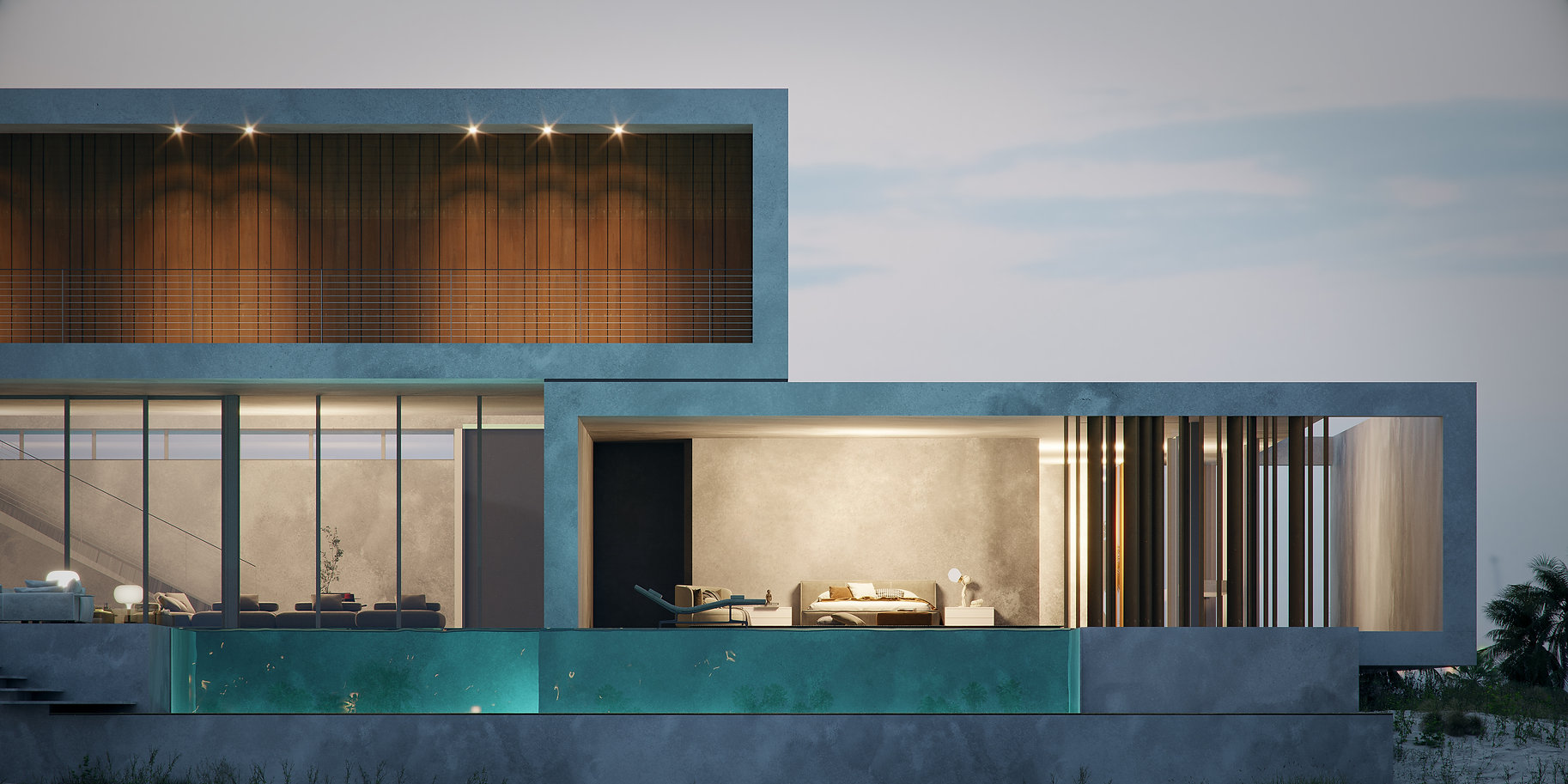But that is only the beginning. An engineer has a much narrow or more focused scope of work. The background of the architect must be much broader. An Miami architects can be compared with a program manager who is communicating to various different specialists.
“How architects and engineers relate to one another has long been debated but never before addressed over a broad span of history. There are many controversial issues: about professional demarcation, about credit for design, about the value we attach to art in buildings, and about how that connects with advances in technique and efficiency.” (1)
But the construction is only one part of the whole. The construction facilitates the function of the building and that is where the architect’s broad knowledge (broader than construction engineering alone) comes at hand.
An architect is chosen by a (business) sponsor and this selection gives direction to the style. If the sponsor is not aware of the style preferences of the architect, the work will not be embraced, even though the work will match the specifications. It is the taste that will give the sponsor an uncomfortable feeling. Also true is that the sponsor must steer the architect. If the work is to become a traditional building, that the architect will have to respond in the intake whether that will fit his vision.
“Master of Form: Santiago Calatrava’s exquisite fusion of architecture, art and engineering (Complete Works 1979-2007) Santiago Calatrava is not only one of the world’s most prominent architects, but also an engineer and an artist.” (2)
In their Citation, the Pritzker Prize Jury described Rem Koolhaas as a visionary and a philosopher. Critics have argued that Koolhaas ignores all consideration for beauty and taste. And … Koolhaas designs are “the result of architecture that wants to be different, only different.”(3)
When his career starts the architect is more of an engineer. When developing his style and when his experience adds up, the architect becomes more of an artist.
“People think that i work with visual effects, but for me it’s ore about the development of the narrative, a store that doesn’t have to be told by words but by movements, like the trajectory that has a start and leads somewhere.” REM KOOLHAAS, interviewed by “De Standaard Magazine”. This is a translated extract from the thesis of Christophe Van Gerrewey about architecture, University of Gent, Engineering Faculty. The thesis is called: Architecture = literature.


